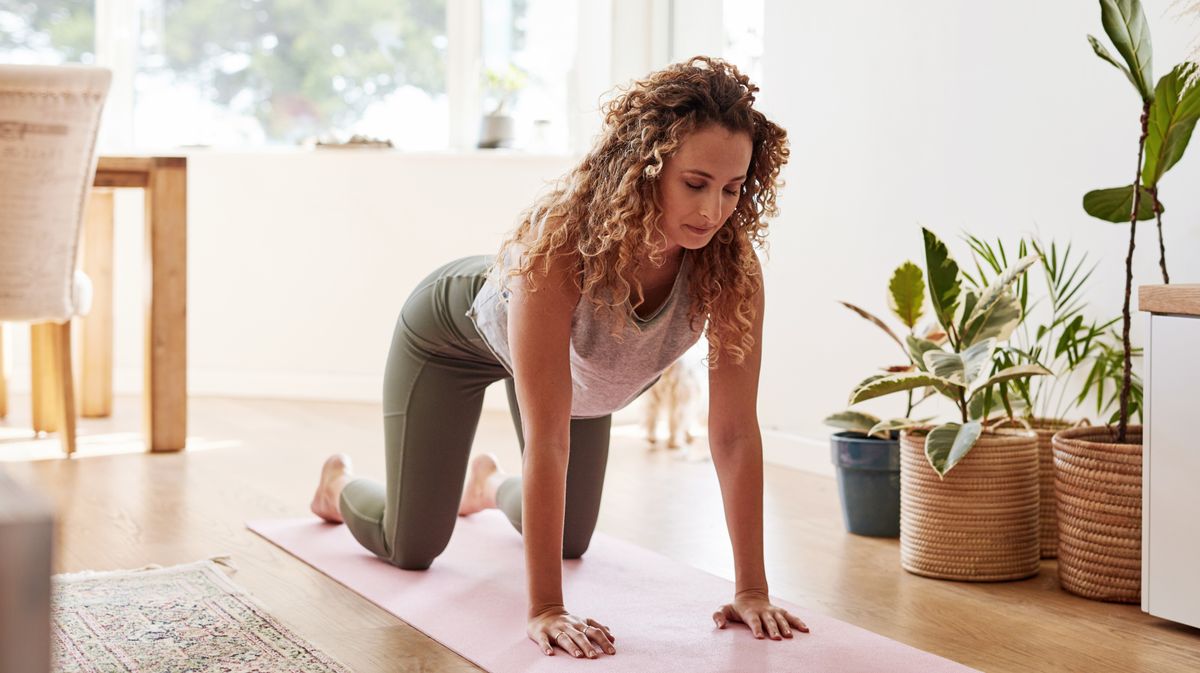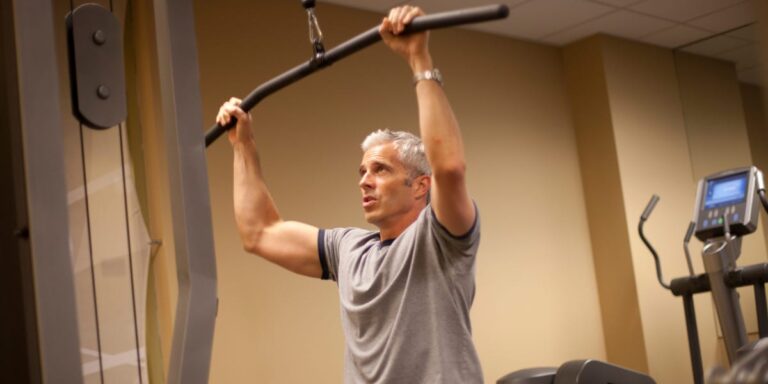Boost Core Strength and Spinal Health with This Pilates Exercise
Elevate Your Core and Spine Health with This Pilates Move
When it comes to fitness, we often think of the biceps flexing or legs powering through a run. But what about the unsung heroes of our body? That’s right, I’m talking about our core and spine! In today’s fast-paced world, where we’re often hunched over desks or slumped on couches, protecting these vital components of our health has never been more crucial. This is where Pilates swoops in like a superhero, lending us a hand—and believe me, there’s one particular exercise that takes the cake when it comes to boosting your core strength and spinal health.
Stick around and let’s dive deep into the world of Pilates, explore its benefits, and discover this magical move that can transform the way we carry ourselves—literally!
Why Focus on Core Strength and Spinal Health?
Before we jump into the nitty-gritty of the exercise, let’s take a step back and ask ourselves: why are core strength and spinal health so important?
The Backbone of Our Support
Your spine isn’t just a bunch of bones stacked together, it’s the structure that holds you up! A healthy spine supports your body, keeps you aligned, and helps prevent injuries. When you take care of your spine, you foster better posture and reduce the risk of back pain.
Core Strength: Your Body’s Powerhouse
Now, think of your core as the powerhouse of your body. It’s what helps you move, balance, and maintain proper posture. Whether you’re running, sitting, dancing, or even lying down, your core muscles are always at work. Having a strong core can improve your athletic performance, increase your daily functional strength, and even make daily tasks like carrying groceries easier.
The Pitfall of Neglect
Neglecting core strength and spinal health can lead to a cascade of problems, such as:
So, it’s time to pay attention to these crucial aspects of our health, don’t you think?
Enter Pilates: A Holistic Approach
Pilates is more than just a workout; it’s a philosophy that emphasizes the mind-body connection. It focuses on controlled movements, alignment, breathing, and flexibility—all essential components for strengthening your core and improving spinal health.
Pilates can offer:
- Improved flexibility: Stretching and lengthening muscles will give you the gift of grace.
- Better posture: It helps align your spine and improves your overall alignment.
- Increased strength: It targets both core muscles and those stabilizing the spine.
Now, let’s talk about the Pilates exercise that can make waves in your core and spinal health!
The Magic Move: The Pilates Roll-Up
The Pilates Roll-Up is a fantastic exercise that engages your entire core while promoting flexibility and spinal health. This exercise is not just a physical workout; it’s a practice in control, mindfulness, and body awareness.
How to Perform the Roll-Up
Here’s how to execute the Pilates Roll-Up in a few simple steps:
-
Start Position:
- Lie flat on your back with your legs extended straight and hip-width apart.
- Place your arms straight above your head with palms facing up. Keep them relaxed.
-
Engage Your Core:
- Take a deep breath in, filling your lungs, and in the process, think about pulling your belly button towards your spine. This engagement is crucial for protecting your lower back.
-
Lift Off:
- As you exhale, slowly lift your arms towards the ceiling, then, with control, roll your upper body off the mat. Think of each vertebrae peeling off the floor like a slow, controlled wave.
-
Rounding Forward:
- Continue to roll up until you’re sitting with your knees bent and your feet flat on the floor. Your spine should be in a C-curve, and your chin should be tucked slightly to your chest.
-
Reverse the Move:
- Inhale again, and imagine the same wave motion as you roll back down to the mat, vertebra by vertebra, finally lying flat again.
-
Repeat:
- Aim for 5-10 repetitions, ensuring each movement is deliberate and controlled.
Remember, the Roll-Up is all about quality over quantity. It may be tempting to rush through, but slow and steady really does win the race!
Common Mistakes to Avoid
As with any exercise, there are pitfalls to be aware of, especially with the Roll-Up:
- Yanking on the Neck: Avoid pulling your neck with your hands. Your arms should guide your movement without straining your neck.
- Using Momentum: This isn’t a race! Engage your core throughout to maintain control.
- Overarching Your Back: Pay attention to your alignment. Keep your lower back flat during the exercise to prevent injury.
Benefits of the Roll-Up
Now that you know how to do the Roll-Up, let’s look at all the goodness it brings:
- Strengthens core muscles: Targets the abdominals, obliques, and lower back.
- Enhances spinal flexibility: Promotes flexibility through slow, controlled movement.
- Improves postural alignment: Supports a healthy alignment while engaging the muscles.
- Boosts body awareness: Teaches you to listen to your body and understand your movements.
Tips for Incorporating the Roll-Up into Your Routine
You might be saying, “This sounds great, but how can I make it happen consistently?” Here are some tips to help you stitch the Rolls-Up into your regular workout:
- Start Slow: If you’re new to Pilates, start with a few repetitions and gradually build up.
- Set a Schedule: Try including the Roll-Up into your morning routine or during a quick stress-relief break.
- Practice Daily: Even just a few minutes a day can make a difference—consistency is key!
- Listen to Your Body: Never push through pain. It’s totally okay to adjust or stop if something doesn’t feel right!
Conclusion
In today’s gadget-driven world, it’s easy to overlook the core and spine, right? But as we’ve discussed, a strong core and healthy spine are foundational to our overall well-being. With the Pilates Roll-Up, you’re not just performing an exercise; you’re investing in your health, posture, and daily life.
So, grab your mat, take a deep breath, and embrace the magic of Pilates. Your body will thank you!
FAQs
-
How often should I do the Pilates Roll-Up?
- Aim to incorporate it 3-4 times a week into your routine for maximum benefits.
-
Can beginners perform the Roll-Up?
- Yes! Start slowly and modify the exercise to match your comfort level.
-
Is Pilates suitable for all fitness levels?
- Absolutely! Pilates offers modifications that cater to beginners, intermediate, and advanced practitioners.
-
How can I enhance the effectiveness of the Roll-Up?
- Focus on controlled movements, engage your core, and gradually increase the number of repetitions.
-
Will Pilates help with back pain?
- Yes! Pilates can strengthen core muscles and improve spinal alignment, which may reduce back pain. However, consult with a healthcare professional if you have chronic pain.







